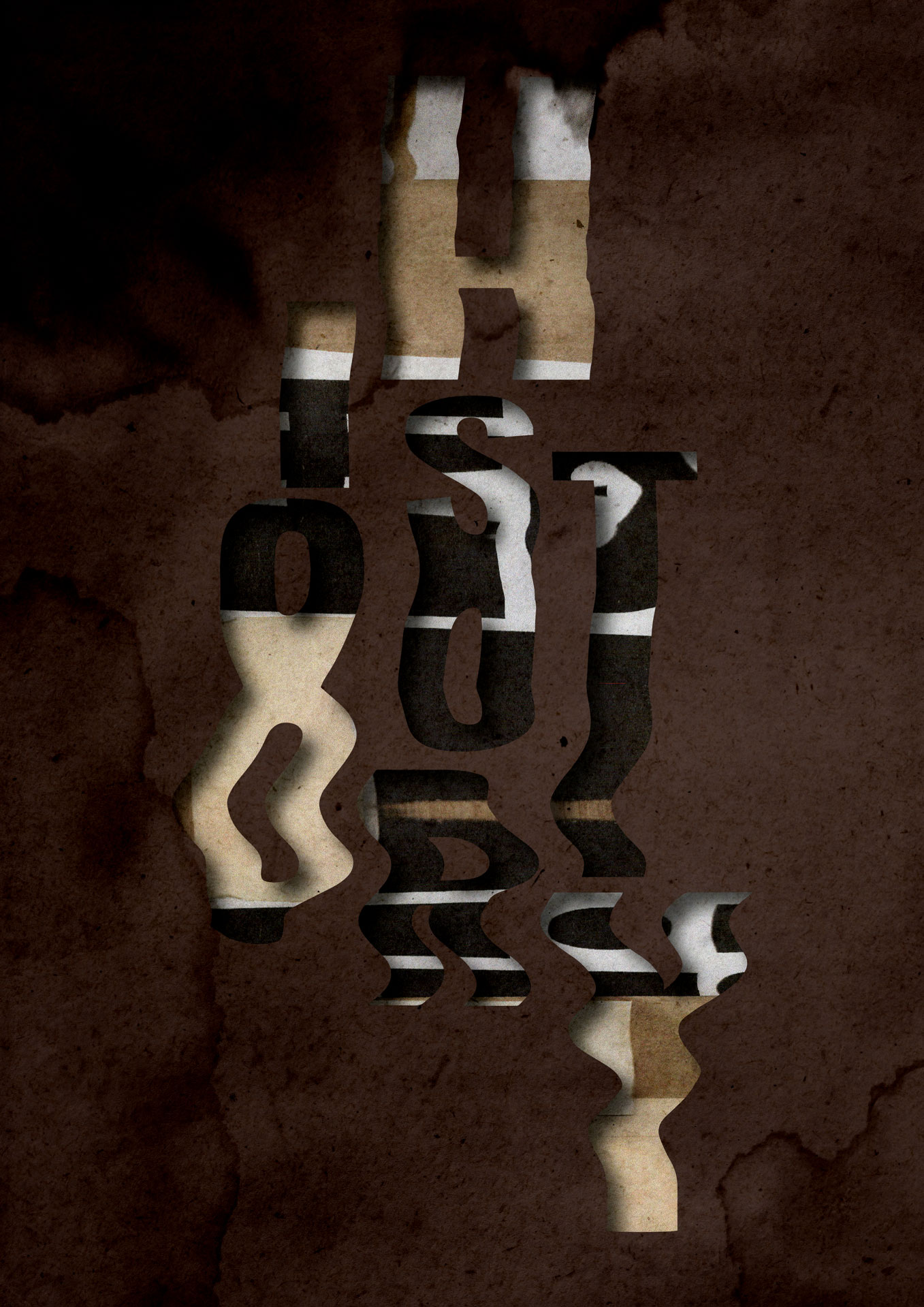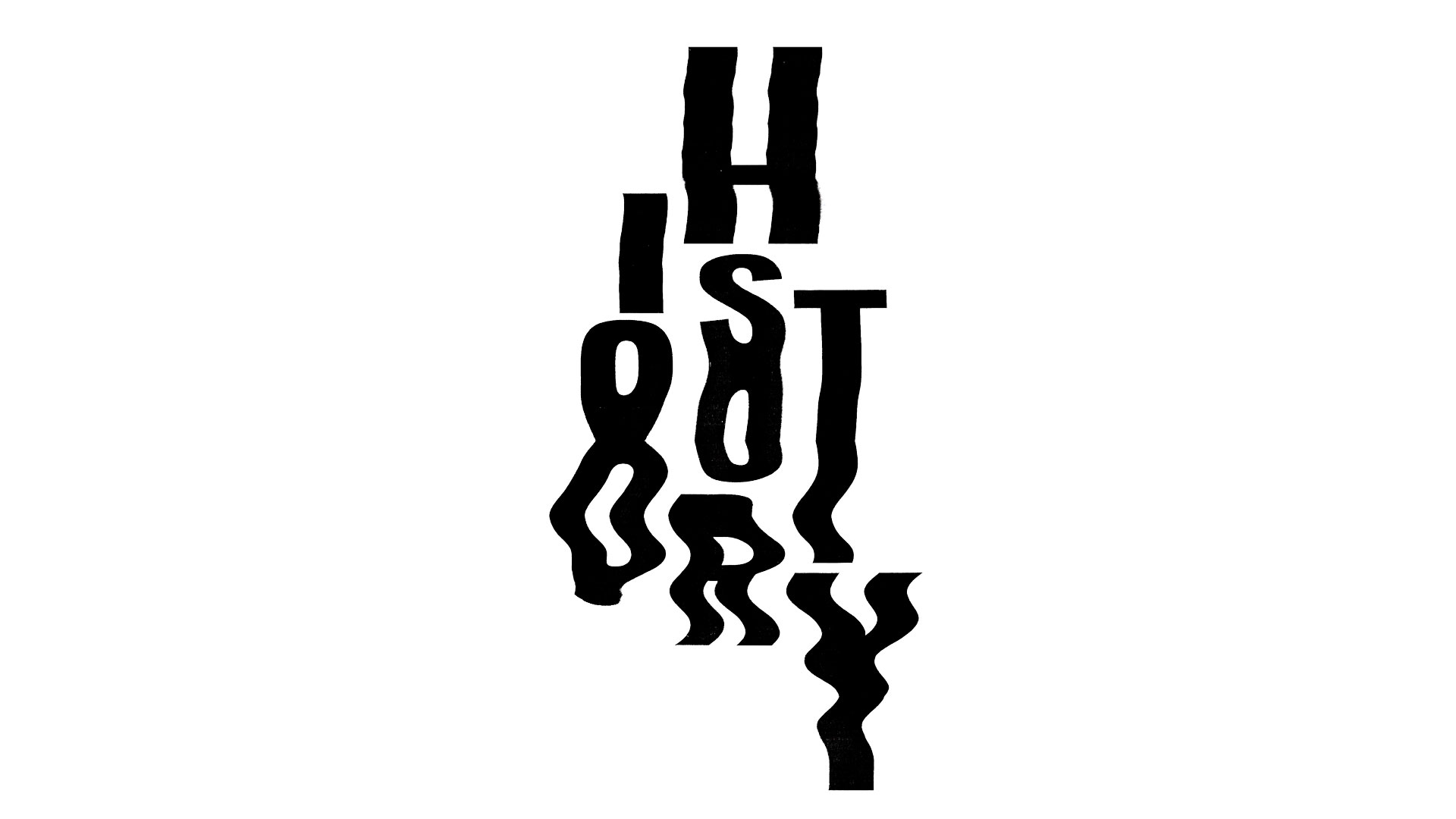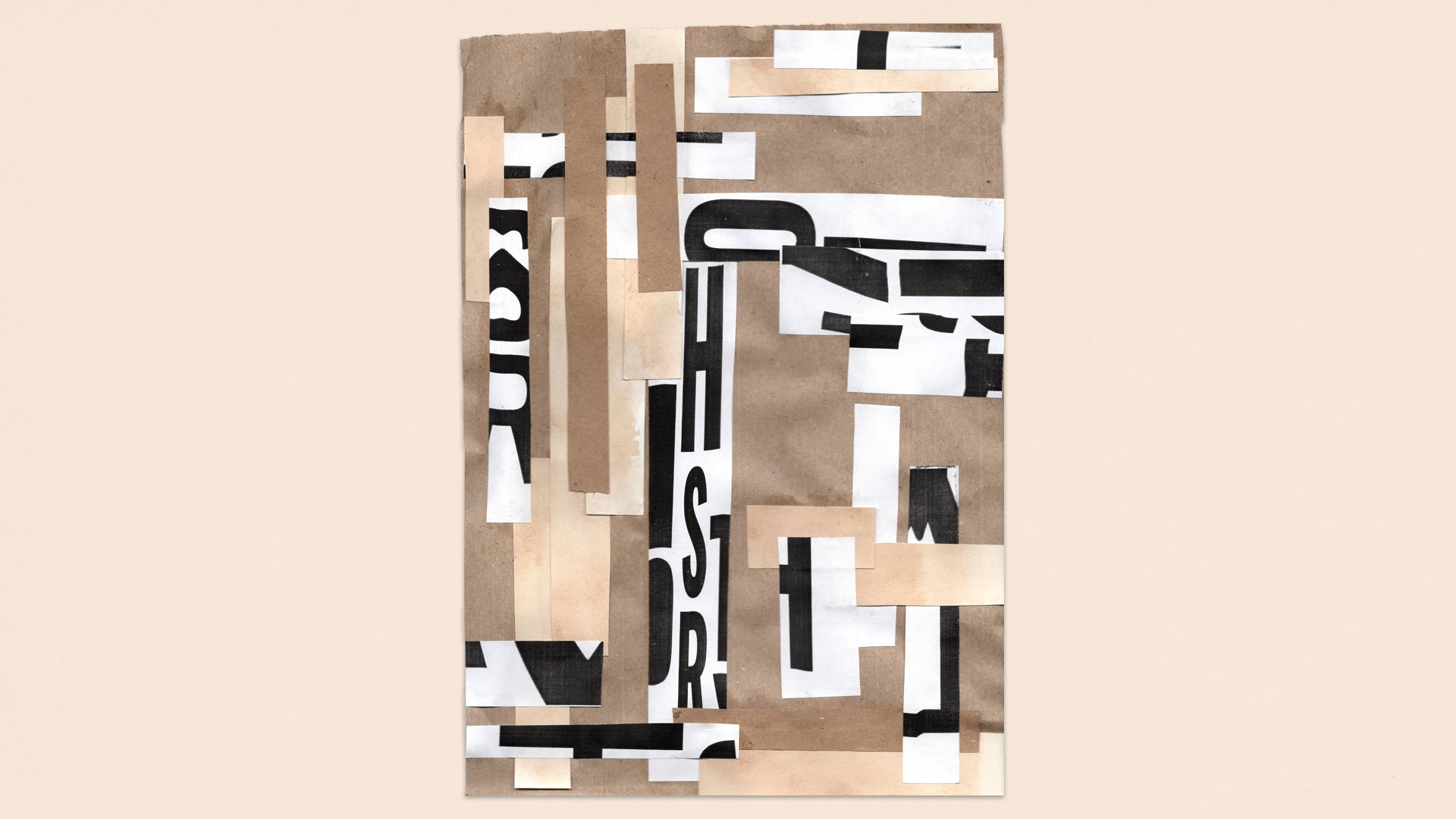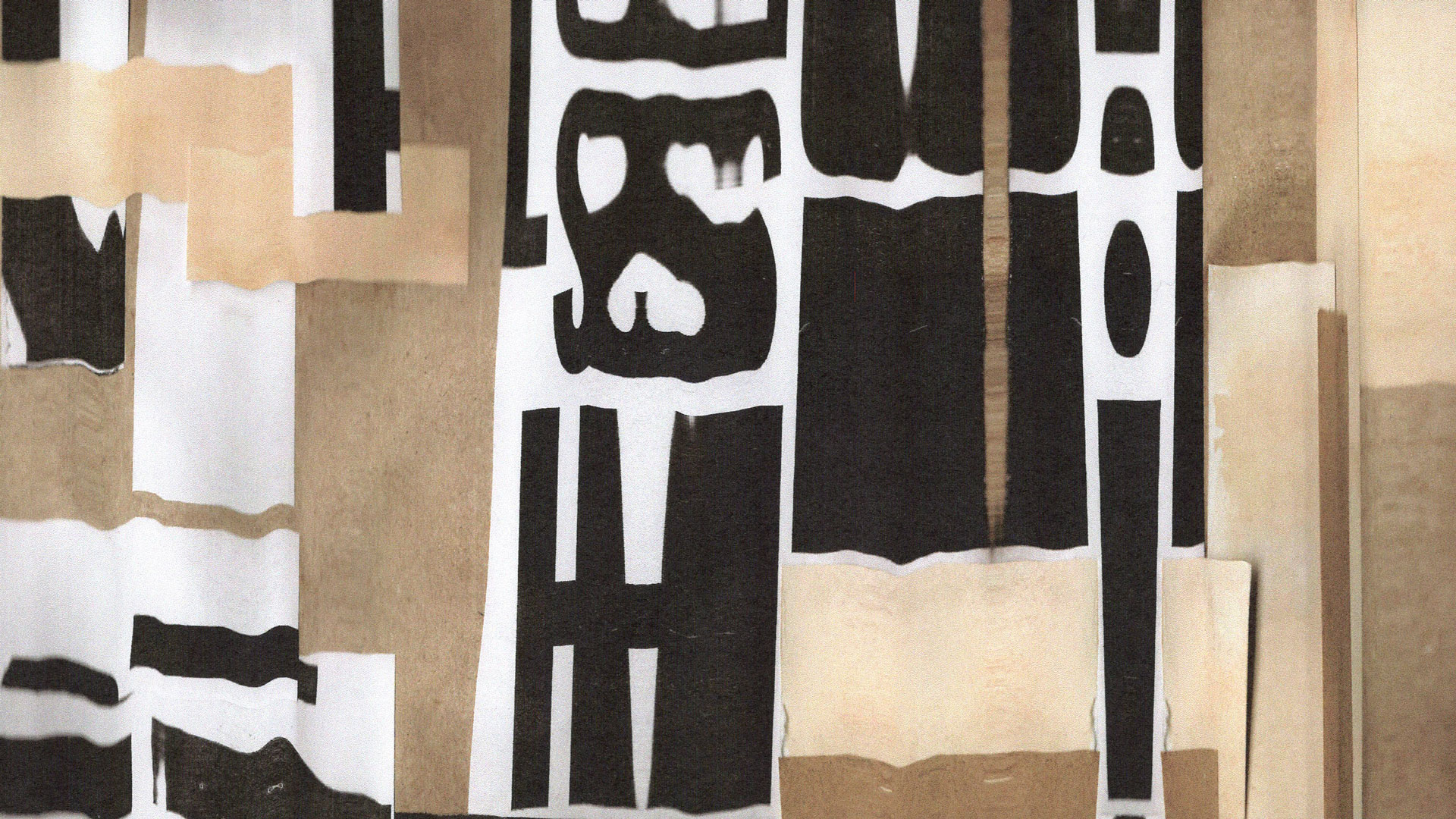


There are arguments that the role of the web designer is something of the past and is irrelevant in today's digital world. Nouvel (2015) suggests that the rise of automation and artificial intelligence gives everyone an opportunity to create an online presence without the need for human input. Nouvel (2015) further explains that the prevalence of apps makes websites less desirable or wanted.
However, the term 'web' encompasses much more than individual pages on a website. The web provides a range of services (Cao, 2015) . Online services aim to make access easier, whether for ordering groceries, completing a passport application, or communicating and connecting with others.
Not all of the world's population has easy access to the internet. Some countries with the highest number of people not connected online include India, China, and Pakistan (Statista, 2023) . Whilst many of us may take mobile devices for granted, some individuals may rely on computers in libraries or internet cafes to access the web. Some of these may have costs or time limitations involved.
Consequently, templated or AI solutions may not be the answer to producing web services, with a more bespoke solution needed. Designers must consider user experience and interface design to ensure they produce effective and easy-to-use online services. Cultural context and internet access need to be considered throughout the process.
Additionally, it is argued that web design needs to innovate and find solutions to be sustainable. A study by Freitag et al (2021) stated that "ICT's footprint will have grown faster than global emissions since the sector started from zero mid-last century." The Sustainable Web Manifesto (n.d.) expresses concern about the level of electricity used by data hubs and devices. Consequently, web design is crucial in finding solutions to keep down page weight, create effective and minimal journeys, and consider what content is most important (Sustainable Web Design, n.d.) .
It could be argued that the role of the web designer is essential in creating user-centered and sustainable solutions to support society and the planet.
A digital typographic composition was created in Adobe Illustrator. After printing this, the print was photocopied whilst being moved around on the scanner plate. Several iterations took place, with the selected scanograph being especially distorted and moody. In this particular scanograph, the S and O characters have partly reflected, making them look similar to numbers. The R and Y letters are meandering, perhaps suggesting that history can be viewed in different ways.


An analogue collage was created from a range of paper stock and textures. Brown parcel paper and tea-stained paper were cut into rectangles and layered. In addition to this, black-and-white typography scanographs were chopped up and added into the composition. The use of sepia tones reflects the idea of history and looking back.
After manipulating the photocopy of the collage, the resulting scanograph feels almost photographic. The blurriness of elements and soft focus adds an abstract layer to the original composition. Letterforms have become so distorted that they are unrecognizable, becoming more like patterns.


The final digital stencil graphic, Design is History, combines the distorted typography and scanograph collage. With additional paper textures and experimentation with color and contrast, the resulting visual creates the sense that the word 'History' is melting or burning away, making it difficult to read.